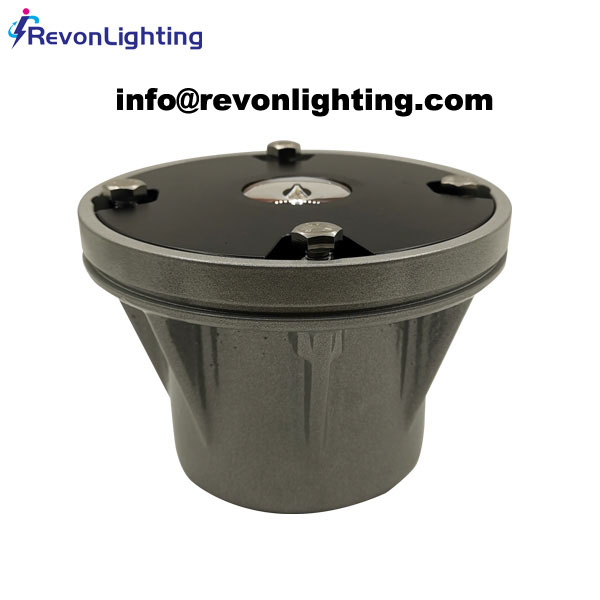Helipad Landing Lights: Ensuring Safe and Efficient Airborne Operations
In the world of aviation, safety and precision are of utmost importance. Helicopter pilots rely on various navigational aids and equipment to ensure safe and efficient operations. One crucial element in this regard is the helipad landing lights. In this article, we will delve into the significance of helipad landing lights and how they contribute to the overall safety and effectiveness of helicopter operations.
Helipad landing lights are specifically designed lighting systems installed on helipads to facilitate safe takeoffs and landings. These lights serve as visual references for pilots, enabling them to accurately identify and approach the helipad, even in low light or adverse weather conditions. The lights are strategically placed to outline the helipad's perimeter, approach path, and landing zone, ensuring pilots have a clear visual guide during critical phases of flight.
One primary function of helipad landing lights is to enhance visibility. By providing a well-lit environment, these lights improve situational awareness for pilots, minimizing the risk of accidents or misjudgments during landing or takeoff. The lights are typically designed to produce high-intensity, focused beams, ensuring maximum visibility for pilots both in daylight and at night.

Helipad landing lights also play a crucial role in indicating the helipad's position. As helicopters approach an area for landing, the lights act as beacons, clearly marking the designated landing spot. These lights are often equipped with distinctive colors or sequencing patterns to differentiate them from other nearby lights. This helps pilots efficiently locate the helipad, especially in congested or complex landing areas.
Moreover, helipad landing lights contribute to the overall safety of the landing operation. They provide vital information about the helipad's dimensions, orientation, and any potential obstacles or hazards in the vicinity. This information allows pilots to make informed decisions during the approach, ensuring a safe touchdown and takeoff. Additionally, the lights help ground personnel accurately coordinate ground operations, such as refueling or passenger embarkation, minimizing the risk of accidents or collisions.
| Helipad Landing Lights | Helipad Landing Light |
In terms of design and functionality, helipad landing lights are engineered to withstand various environmental conditions and provide long-lasting performance. They are typically constructed using durable materials, such as corrosion-resistant metals or weatherproof plastics, to ensure reliability and longevity. Many lights are also equipped with energy-efficient LED technology, offering bright illumination while consuming minimal power and reducing maintenance requirements.
Furthermore, helipad landing lights often feature adjustable brightness settings, allowing operators to adapt the intensity of the lights based on specific requirements. This flexibility ensures compatibility with different lighting conditions, such as low visibility due to fog or heavy rain. The lights can be easily controlled or programmed to meet the specific needs of each helipad, ensuring optimal visibility for pilots during all operational scenarios.
In conclusion, helipad landing lights are indispensable components of helicopter operations, providing critical visual references and enhancing safety. Their ability to enhance visibility, mark the helipad's position, and contribute to overall safety makes them vital for successful and efficient landings and takeoffs. With their robust design, energy efficiency, and adjustable settings, helipad landing lights are essential tools for ensuring the utmost safety and effectiveness in airborne operations.